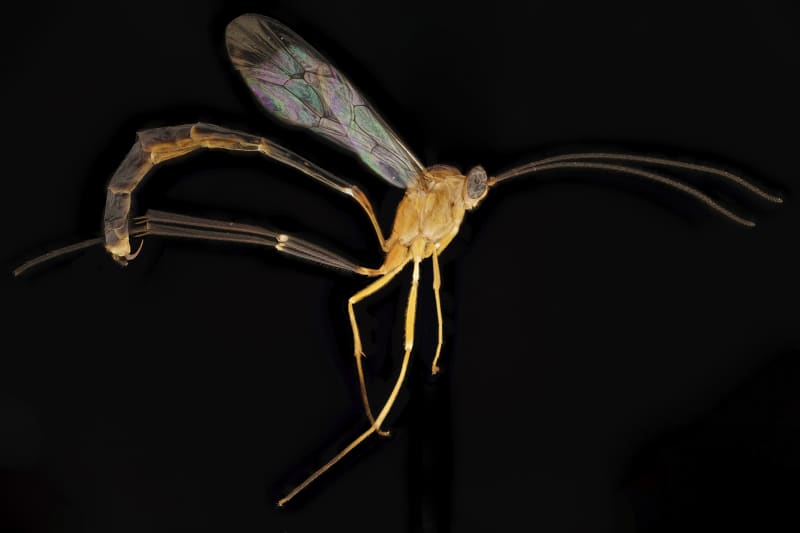The vast majority of Earth’s species are still undiscovered. For example, in the Peruvian Amazon, biodiversity researchers at the University of Turku discovered a hundred species of beetles unknown to science in a week.
Littana spiders from Pakistan and wolverine spiders parasitizing Peruvian thick-headed butterflies are a few examples of the discoveries made by researchers in Turku this year.
During the past year, researchers at the University of Turku have described for science, for example, three previously unknown animal genera and 27 animal species. Many of the new species are already endangered when they are found.
– In our studies, we want to describe the species and their ways of life as accurately as possible, because many of the species we found may disappear in the next few years. Deforestation is progressing rapidly worldwide. We are doing research in many areas that are currently under intense human pressure, says Sääksjärvi in \u200b\u200ba press release from the University of Turku.
The discovery of new species is not unusual in itself, as researchers discover and name around 20,000 \”new\” species every year.

Natural diversity, i.e. biodiversity, is the basic characteristic of the Earth. Biodiversity can be viewed at different levels, the most well-known of which is the diversity of species. It has been scientifically investigated for hundreds of years.
Despite this, man has managed to find only a fraction of the living species currently living on Earth.
About two million living species are known on Earth, but the vast majority of species are still undiscovered. According to the wildest estimates, there may be tens of millions of species currently living on the planet.
More than a hundred new large-sized species of woodpeckers were found in the Peruvian Amazon
Researchers at the Biodiversity Unit of the University of Turku are specialized in the study of unknown diversity and annually name dozens of species from different parts of the globe. A large part of the species can be found through the unit’s own field research.
The new species described for science by the scientists of the University of Turku Biodiversity Unit this year live in, for example, Argentina, Chile, Costa Rica, Ecuador, Kenya, Iraq, Iran, Malaysia, Namibia, Pakistan, Peru, Tajikistan and Turkmenistan.
The lifestyles of many species described to science this year are fascinating. Researchers also try to describe the lifestyles of species in the studies as well as possible, because knowledge about them facilitates, for example, the assessment of species’ vulnerability and protection in the future.
During the year, researchers from Turku have described, for example, many unknown spider species to science.

During this year, researchers from the Biodiversity Unit also described for science, for example, three large Central and South American wolverine species belonging to the genus *Creagrura*, which live in the larvae of thick-headed butterflies.
In addition, the unit’s researchers are currently working on the descriptions of dozens of new animal species and several animal genera.
During the fall, researchers have made a record discovery from samples collected from the Allpahuayo-Mishana rainforest area in the Peruvian Amazon.
– During one working week, we found more than 100 large species of stingrays, almost all of which are unknown to science! Bird species unknown to science have also been found in the same area in recent years. Earth is still an unknown planet in terms of biodiversity. It is painful to know that many species disappear even before they are found, Sääksjärvi, Kaunisto and Zamani say in the press release.

